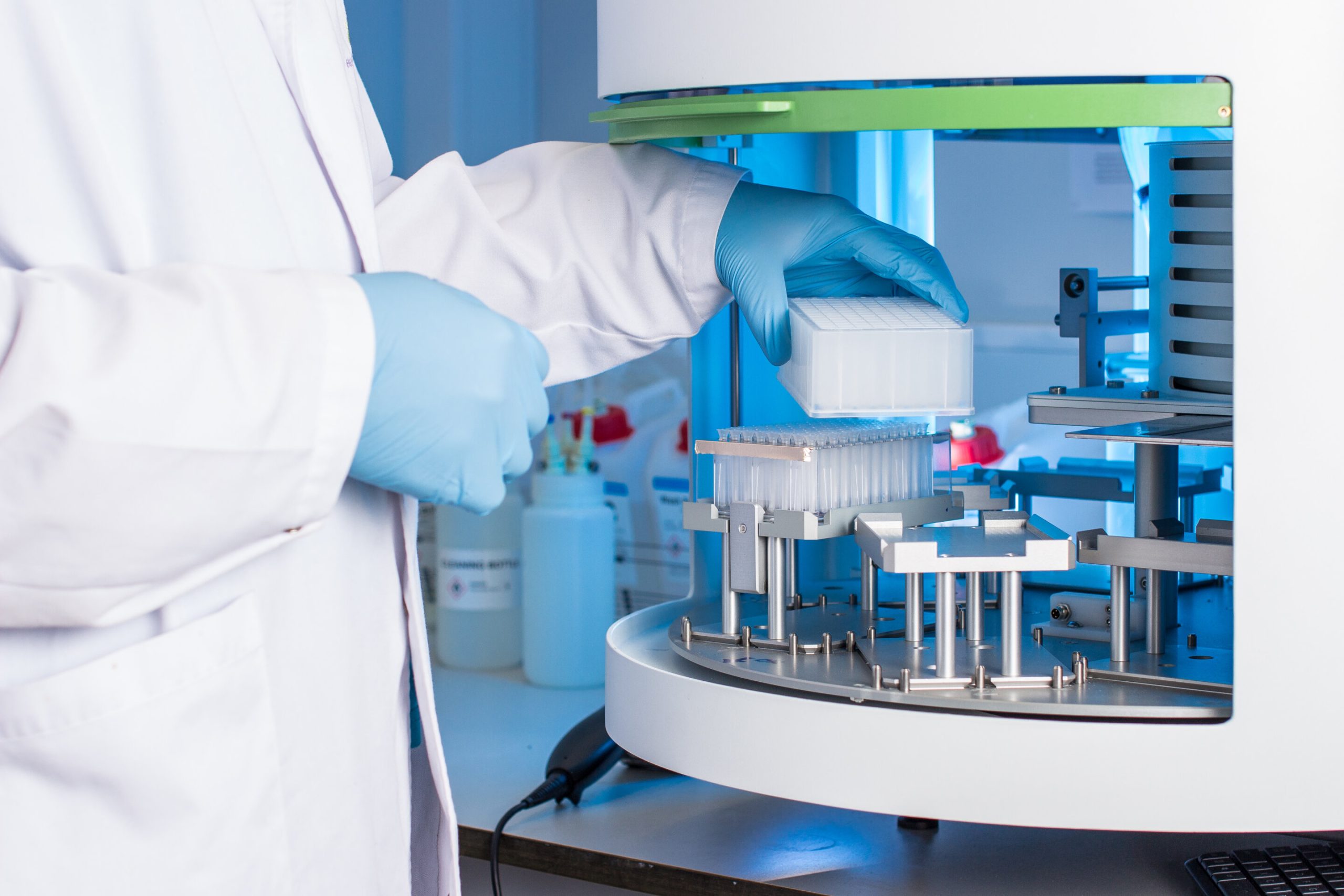Summary
SPOTLIGHT ON METABOLIC HEALTH:
DR. LUIGI GRATTON, Vice President, Office of Health and Wellness at Herbalife offers tips for maintaining a healthy metabolism now and as you age.
For more information, please visit:
This segment is sponsored by: Herblife
Source: KOKH

AI News Q&A (Free Content)
Q1: What are the primary functions of metabolism in the human body?
A1: Metabolism refers to the set of life-sustaining chemical reactions that occur within organisms. Its primary functions include converting energy from food into usable forms for cellular processes, transforming food into building blocks of macromolecules like proteins, lipids, and nucleic acids, and eliminating metabolic wastes. These processes enable organisms to grow, reproduce, maintain structures, and respond to their environments.
Q2: How does an organism's metabolic system determine its nutritional needs?
A2: An organism's metabolic system determines which substances are nutritious and which are poisonous. The basal metabolic rate measures the energy consumed by these chemical reactions. The similarity of basic metabolic pathways among diverse species suggests an evolutionary retention due to their efficacy.
Q3: What recent findings suggest a link between metabolism and psychological well-being in older women?
A3: A study published in 2025 examined the relationship between self-esteem and health indicators among Polish postmenopausal women. It found that adverse health indicators, such as high BMI and elevated glucose levels, were associated with lower self-esteem. These findings suggest that maintaining a healthy metabolism may contribute to better psychological well-being.
Q4: How do metabolic pathways contribute to the development of diseases like type II diabetes and cancer?
A4: In diseases such as type II diabetes and cancer, normal metabolic processes are disrupted. For example, in cancer, the metabolism of cancer cells is altered to support rapid growth and survival. These changes can lead to metabolic imbalances, contributing to disease progression.
Q5: What role do enzymes play in metabolic processes?
A5: Enzymes are crucial to metabolism as they catalyze reactions, allowing them to proceed more rapidly. They facilitate metabolic pathways by coupling energy-requiring reactions with energy-releasing ones. This enables organisms to drive desirable reactions that would not occur spontaneously.
Q6: What are the benefits of community-based physical activity initiatives for postmenopausal women?
A6: Community-based physical activity initiatives can support psychological well-being among postmenopausal women by promoting a healthy lifestyle and metabolic balance. This can lead to improved self-esteem and a reduction in adverse health indicators.
Q7: How are metabolic pathways similar across different species, and why is this significant?
A7: Metabolic pathways, such as the citric acid cycle, are remarkably similar across different species, from bacteria like E. coli to multicellular organisms like elephants. This similarity is significant because it suggests these pathways appeared early in evolutionary history and have been retained due to their effectiveness in sustaining life.
References:
- Oura Health - Wikipedia: https://en.wikipedia.org/wiki/Oura_Health
- Metabolism - Wikipedia: https://en.wikipedia.org/wiki/Metabolism
- Self-esteem and health indicators in Polish postmenopausal women - PubMed: https://pubmed.ncbi.nlm.nih.gov/





